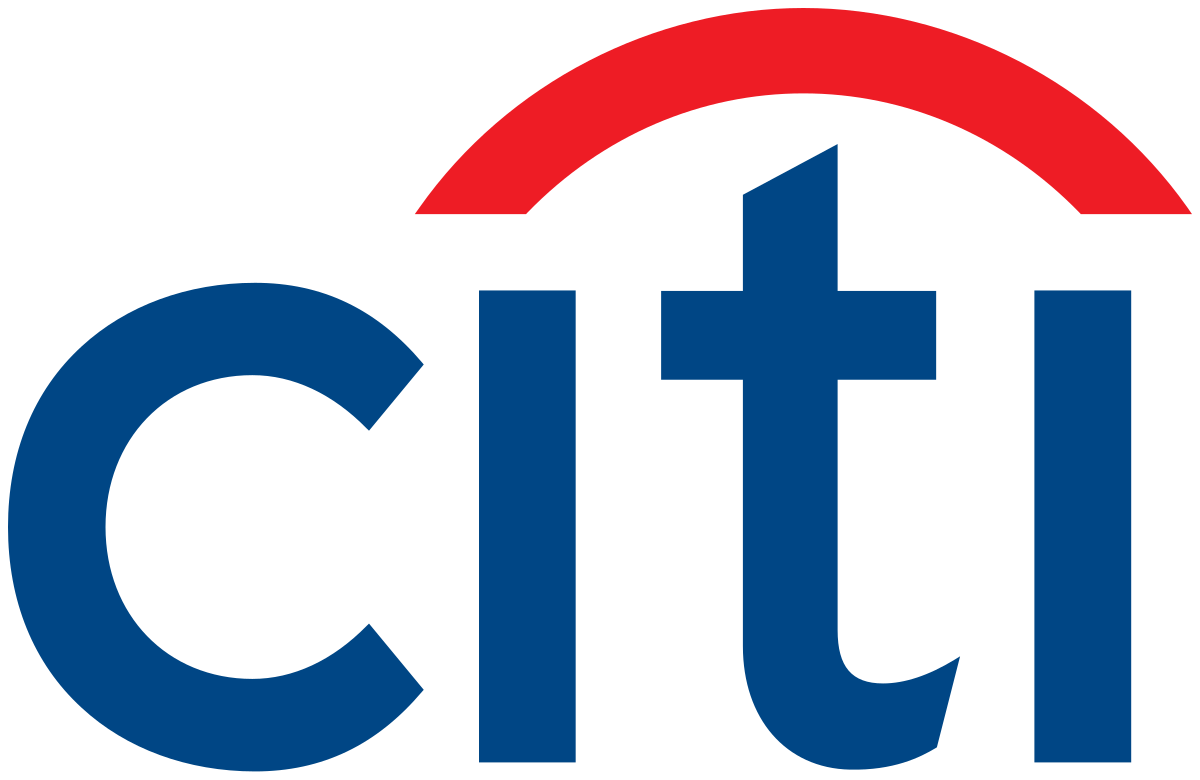Fixed income ETFs’ influence on the underlying corporate bond market has continued to grow as the electronification of trading makes ETFs easier for investors to use.
According to research by Coalition Greenwich, the volume traded in 12 of the largest credit ETFs – investment grade and high yield combined – rose from 18% in 2021 to 23% in 2022.
This increased even further when focusing on just high yield bonds, with the research finding the five largest high yield bond ETFs accounted for nearly 50% of the underlying high yield bond market, up from 30% a year ago.
Of the ETFs, the iShares iBoxx $ High Yield Corporate Bond ETF (HYG) and the SPDR Bloomberg High Yield Bond ETF (JNK) accounted for 32% and 10.5% of the underlying trading, respectively.
The impact was less severe for investment grade ETFs, however, their influence also continued to rise.
The seven largest investment grade ETFs accounted for 13.4% of underlying market trading, up from 7.6% in 2019, with the iShares iBoxx $ Investment Grade Corporate Bond ETF (LQD) making up 8.6% of last year’s figure.
Kevin McPartland, head of market structure and technology research at Coalition Greenwich, said: “The outsized role this single ETF plays is another sign of how dominant the largest credit ETFs have become.”
He added credit ETFs allow investors to put cash to work while seeking out the underlying bonds they want to hold for the long term, give market makers the ability to manage liquidity and risk through the creation-redemption process and allow retail investors to get quick bond market exposure via electronic trading.
“Overall, the uptick in fixed income ETF adoption has been a good thing for the market," McPartland continued. “Better market access leads to more people in the market, which is ultimately good for both primary and secondary liquidity.
“We believe the pandemic market crisis of 2020 proved that credit ETFs are reliable and work under pressure.”
ETFs have become central to the modern bond market in recent years summed up by the Federal Reserve’s decision to invest roughly $8.6bn assets across 16 corporate bond ETFs in a bit to support markets in the face of COVID-19.
Research by Citi subsequently suggested ETFs were being used more as a trading tool for exposure alongside the wrapper’s use as an asset allocation tool.
Despite this, McPartland added there is a small risk to fixed income ETFs’ growing influence on the underlying bond market.
“For instance, trading in ETFs may actually remove liquidity from the cash bond market,” he said.
“This raises the question of whether ETF volume would be bond market volume if ETFs did not exist. We think it probably would not. But one can understand why some bond traders might feel threatened.”




